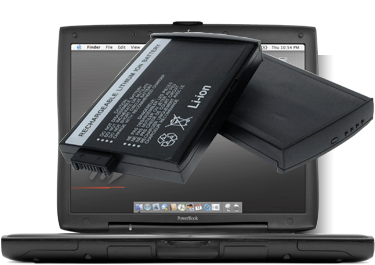


The word "Series" was dropped from the official title and is just called "PowerBook G3." Apple calls it the "bronze keyboard" due to its keys being constructed of a translucent brown plastic (the mouse button was an opaque brown to match). The third generation of PowerBook G3 ("Lombard") was introduced in May 1999 and was dramatically thinner and lighter than its predecessor.
#POWERBOOK G3 PISMO OSX 2017 MAC OS X#
No Wallstreet or Wallstreet II model can run Mac OS X 10.3 "Panther" or 10.4 "Tiger" without a third party utility such as XPostFacto. A DVD-ROM drive was available for the the first time as a factory option in an Apple portable. Processors were bumped up to 233MHz, 266MHz and 300MHz. Released in August 1998, the new PowerBook G3 (nicknamed "Wallstreet II" and "PDQ") featured the larger 14.1" display on all models. It was the last PowerBook sold without L2 cache.Īn updated version of the existing design was unveiled by Steve Jobs in a special event on May 1998. That move crippled the performance and earned that model the derisive nickname "Mainstreet." However, a simple processor card swap can add L2 cache and transform it into a full-fledged Wallstreet. The original 233 MHz version of the Wallstreet did not have level 2 (L2) cache. It was the last PowerBook to feature the six-color Apple logo on it later models used the new white one. A small internal nickel-cadmium battery allowed swapping of the main batteries while the computer "slept." DVD's could be displayed with the use of a hardware decoder built into a CardBus (PCMCIA) card. The right hand bay was larger and could accommodate all of the above plus a CD-ROM drive, a DVD-ROM drive or a third-party SuperDrive. The left hand bay could accommodate a battery, a floppy drive, a third-party Iomega Zip drive, an adapter for a second hard drive or a "blank" weight-saver module. The case contained two docking bays, one on each side. The Wallstreets had the usual HDI-30 SCSI connector, and were the last model to have an ADB port. 233 MHz, 250 MHz and 292 MHz versions were made available with 12" passive matrix LCD, 13.3" TFT LCD or 14.1" TFT LCD screens. The second generation of PowerBook G3's, codenamed "Wallstreet", were introduced on March 1998 with a redesigned case which was lighter and more round. It has been suggested that this article be merged with PowerBook G3 Series. This model is not supported by Mac OS X, though some success was achieved with XPostFacto, a program which allows Mac OS X to run on unsupported systems.
#POWERBOOK G3 PISMO OSX 2017 UPGRADE#
The Kanga had 32 MB of memory soldered to the motherboard, and had one upgrade slot, for a maximum of 160 MB of RAM.


 0 kommentar(er)
0 kommentar(er)
